Rural and island communities can benefit directly from community-led property development, writes Susan Hunter of the Communities Housing Trust.
Our rural and island communities are facing a major housing crisis – we know that; it’s been well reported, in this newspaper and others. So, what can we do about it?
What tools are available to help us deliver what is so badly needed for communities to thrive, not just survive?
Community-led development is about local people playing a fundamental role in solving their specific housing problems, and having greater influence in the allocation of properties. It’s about community control.
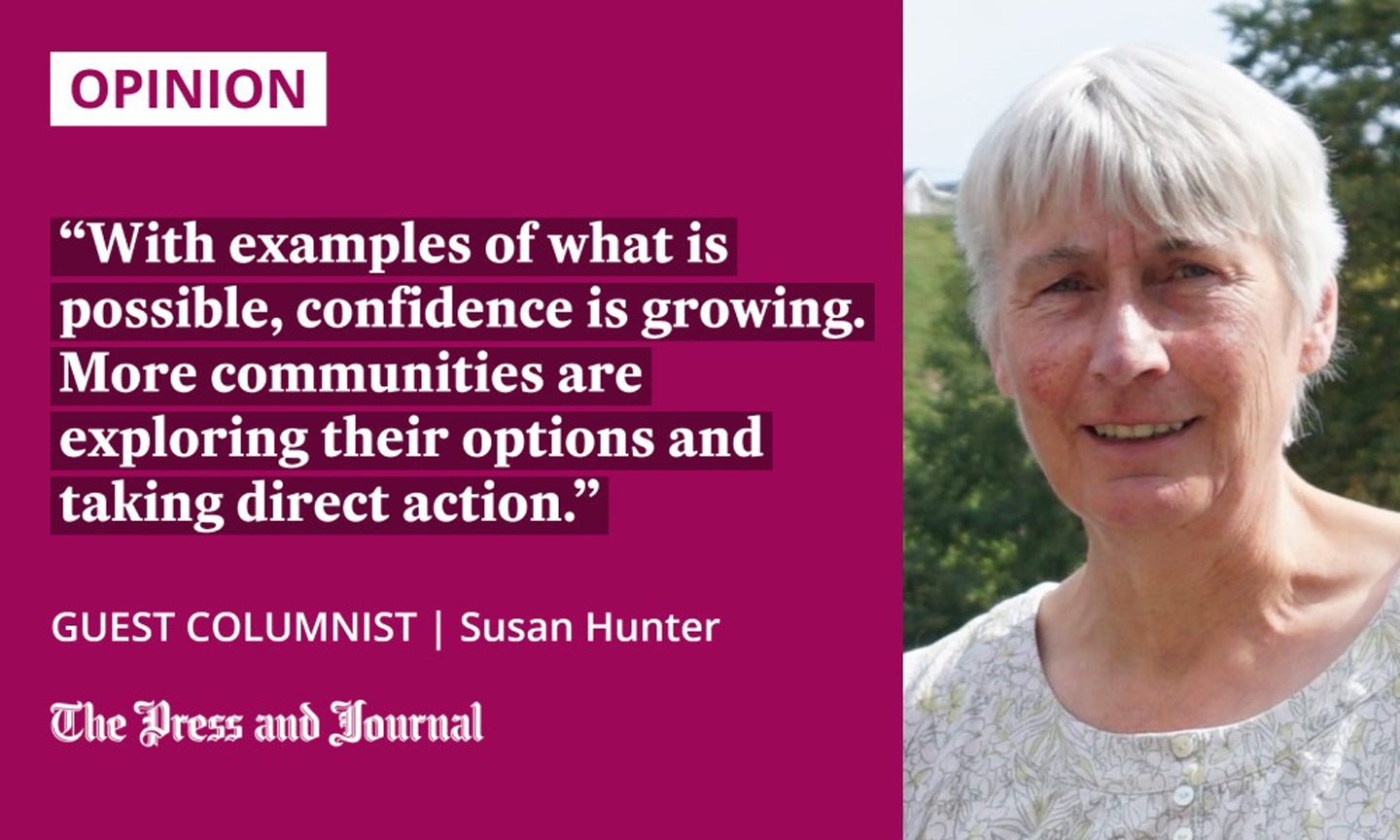 The Communities Housing Trust (CHT) has been quietly working with rural and island communities for over 20 years to provide affordable housing options (where affordable usually means social rent or sold at 25-40% below market value). During this time, we have developed a range of practical schemes to tackle some of the issues inherent in the housing market, as well as the future of rural communities more broadly.
The Communities Housing Trust (CHT) has been quietly working with rural and island communities for over 20 years to provide affordable housing options (where affordable usually means social rent or sold at 25-40% below market value). During this time, we have developed a range of practical schemes to tackle some of the issues inherent in the housing market, as well as the future of rural communities more broadly.
The Rural Housing Burden, for example, protects the affordability and use of properties as primary homes in perpetuity, with community control over all future sales. It’s a valuable mechanism, underused in Scotland, but growing as communities develop their own homes for sale. CHT has, to date, applied it to 130 properties in 35 communities.
Our Rent To Buy scheme, devised at a time when banks required higher deposits, allows people to rent a home for five years at local housing allowance rent before purchasing it at a discount. The price is set on day one, and there’s a cashback sum to go towards the deposit. Each property is protected by a Rural Housing Burden, and we’ve provided 60 Rent To Buy homes in 28 communities, supported by Scottish Government loans.
Regenerating a derelict brownfield site in the heart of Gairloch, which earned international recognition, was led by the community and CHT jointly as the Achtercairn Development Group, involving around 40 partners.
The end result provided 25 affordable homes for rent and discounted sale; the Gale tourist information hub, shop and cafe, attracting 40,000 visitors per year; a farm and garden store, with a vet clinic; and the Air Training Corps facility. Expanded services, opportunities and homes have brought wider social, environmental and economic benefits to the area – and it’s a replicable model.
Time, cost and labour are challenges
In Staffin on the Isle of Skye, we partnered with Staffin Community Trust and Lochalsh & Skye Housing Association to provide six affordable homes, with four being allocated on community need criteria. Also on site is a new, community-owned NHS health centre, and commercial units leased to local businesses.
Making community-led projects stack up financially can be difficult, but the Scottish Land Fund and Rural and Islands Housing Fund are available
Rental income from the health centre and units will be reinvested in other community projects. Residents moved in during February 2022. The project took 10 years.
So, there are challenges, length of time being one. Housing Secretary Shona Robison recently acknowledged this at our AGM in Inverness, saying this was now an area of focus when helping meet the housing needs of rural and island areas.
Rising costs and labour shortages are other areas of concern. Making community-led projects stack up financially can be difficult, but the Scottish Land Fund and Rural and Islands Housing Fund are available to communities, with other sources of grant available.
Routemap will help more communities to explore their options
With examples of what is possible, confidence is growing. More communities are exploring their options and taking direct action.
And, so, CHT recently launched a “routemap” for community-led housing, co-created with some of the communities we’ve worked with, and based on our own varied experiences.
We know that taking on a community-led project with limited time and resources can be overwhelming. We’ve, therefore, mapped out the project process, complete with film case studies from communities such as Gairloch and Staffin.
The routemap is freely available to view and download online, and thanks go to the Nationwide Foundation for the funds needed to produce it.
There’s a lot to be said for community-led development. It doesn’t get the recognition it deserves for the multiple benefits and value it brings, nor do the many individuals who give their time and energy to drive it forward. It’s a viable option for many rural and island communities, and sometimes the only one.
Susan Hunter is principal officer for the Communities Housing Trust
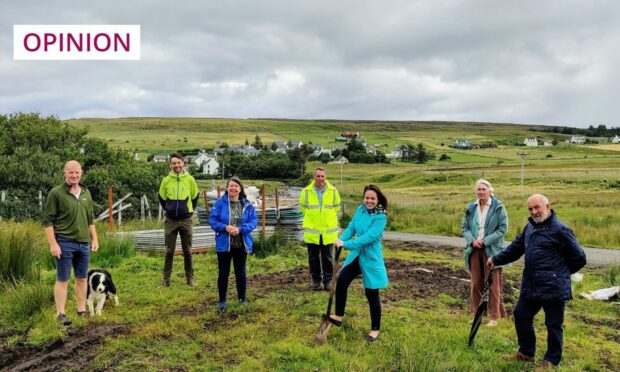
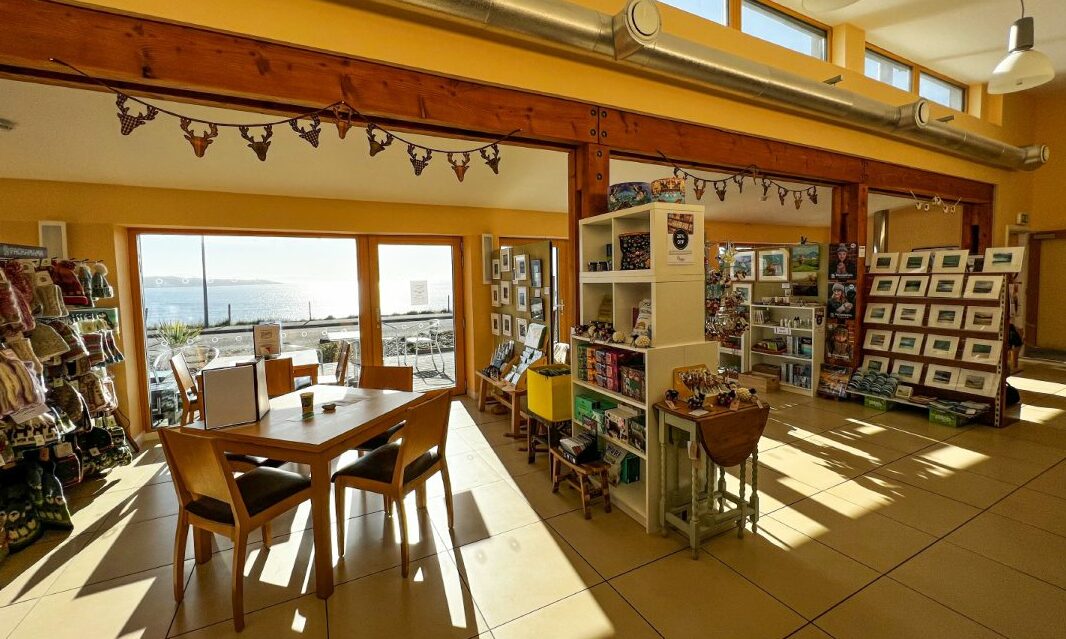

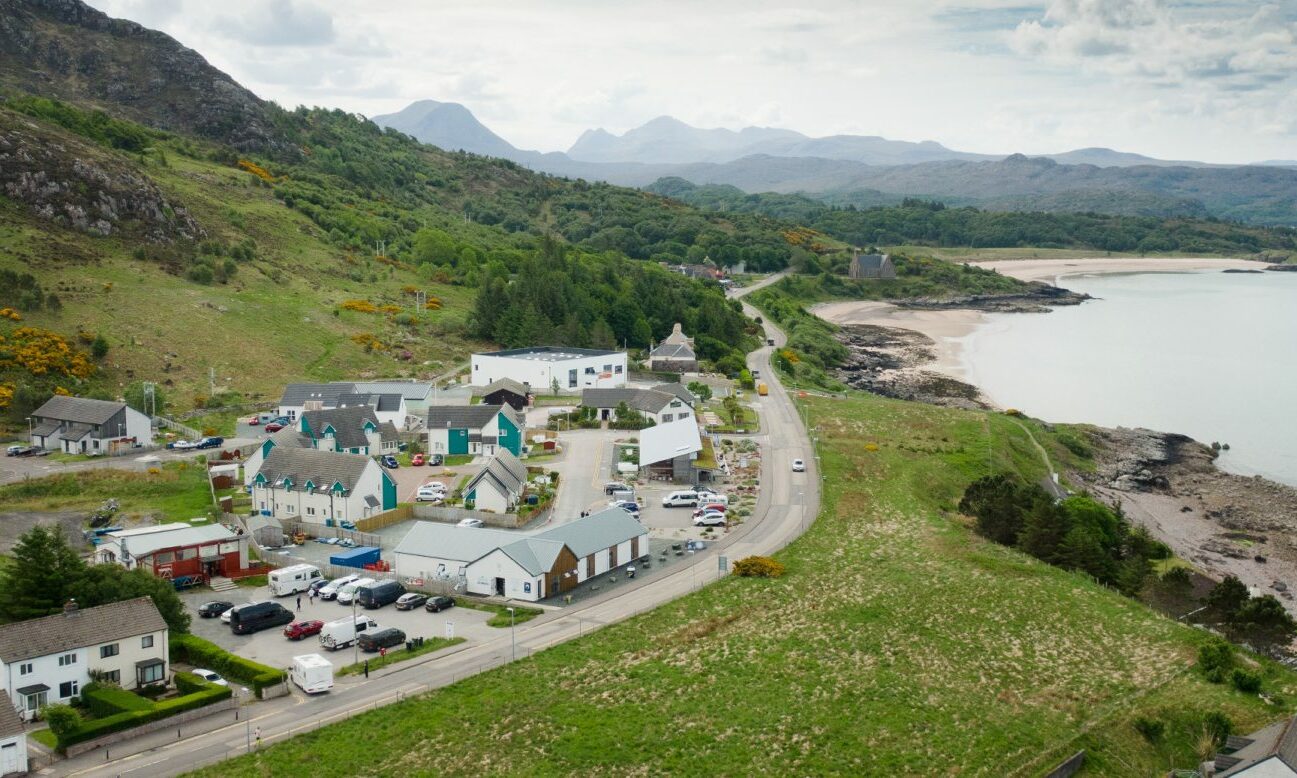

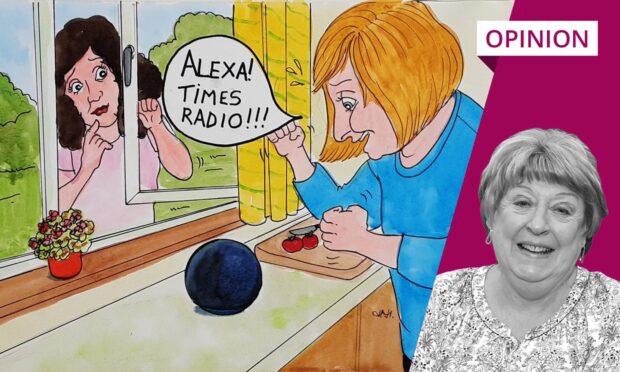
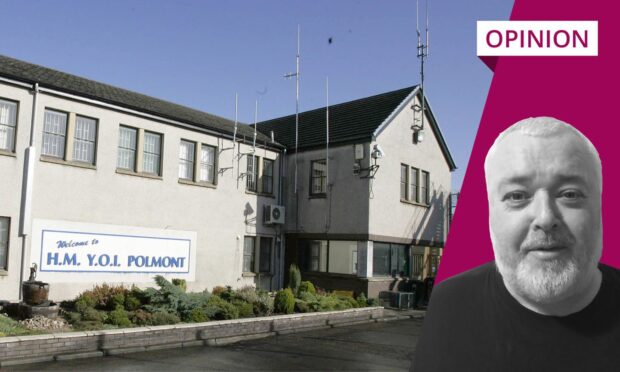
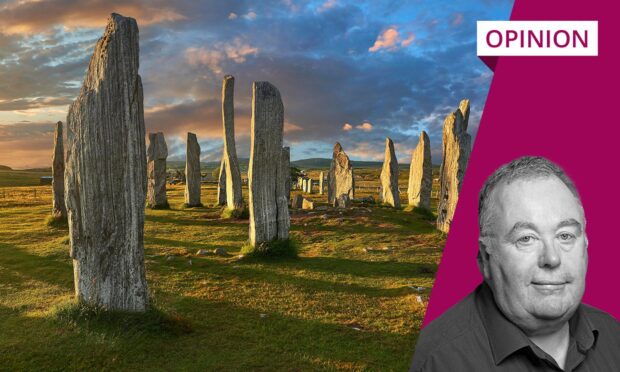

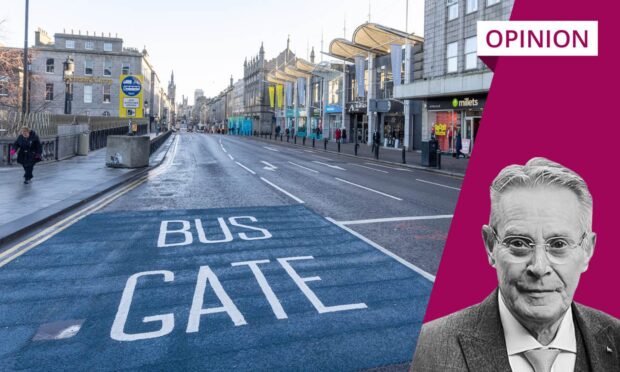


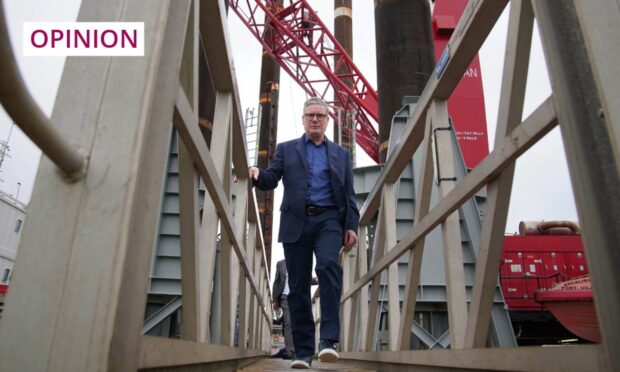
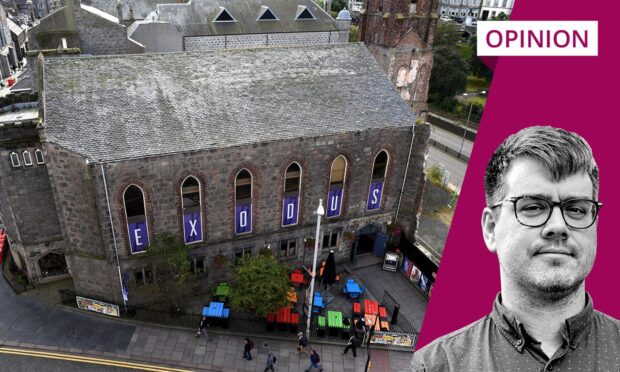
Conversation